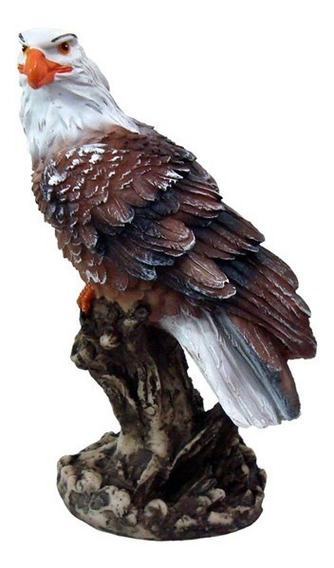

Regarding the origin of names, the author observed the use of morphological criteria and habitats, and there were also names of species with no meaning.

Cooker registered the names attributed by the Chippewa Indians, in northern Mexico, to birds from their region, reporting those they used this investigation resulted in the first ethno-ornithological study, titled Bird nomenclature of the Chippewa Indians. Īmong current animal species, birds draw attention due to their gorgeous coloring and shrill songs. Ĭonsidering that human beings, on different parts of the world, use similar cognitive strategies to classify living things and organize biological concepts, studies on ethnotaxonomy show, in fact, that the main problem has always been finding what are the similarities or differences that could be really important for classification purposes. Ethnobiological classification may be a good indicator of the cognitive and behavioral language process. So, it is important to find out what are the ethnoclassification criteria (morphological, ecological, ethological, etc.), in order to develop a representative taxonomy of the classification system within a certain community. Some ethnobiological principles of classification and nomenclature aim to identify similarities between cognitive systems in various societies. Studies on biological ethnotaxonomy aim at investigating how living organisms are perceived, identified, named and classified, seeking to understand how people categorize (ethnosemantic domains) and organize (ethnotaxonomic structures) nature elements.


 0 kommentar(er)
0 kommentar(er)
